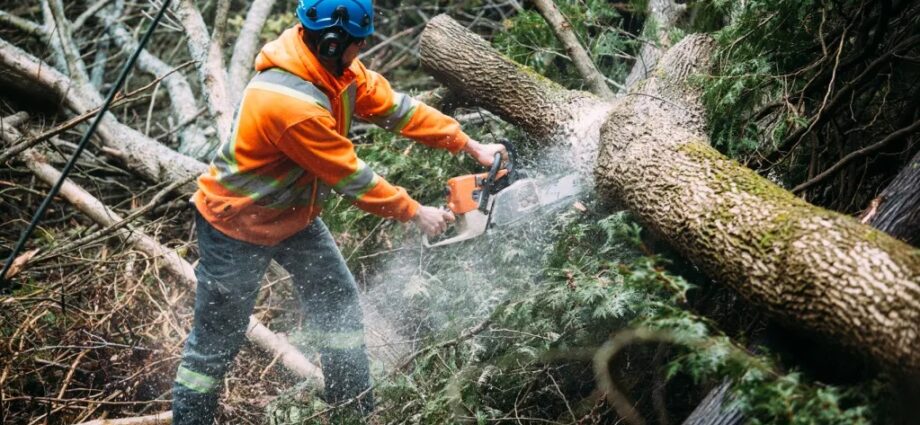In the urban mosaic of Toronto, where the built environment and natural elements intertwine, the management of trees is subjected to specific laws and regulations to maintain a balanced ecosystem. Managing the green aspect, mainly focusing on tree removal, is essential to ensure the safety, aesthetics, and ecological integrity of the city. This discourse explores the legalities and logistics associated with tree removal in Toronto, offering guidance to navigate through the procedural and regulatory maze.
Understanding Toronto’s Tree Protection By-law:
At the forefront of tree management in Toronto is the tree protection by-law, which emphasizes preserving trees and outlines specific conditions under which a tree may be removed. Notably, private property trees measuring 30cm in diameter or more and all public trees have safeguarded status under this by-law, requiring a permit for removal in most instances.
Procuring the Necessary Permits:
Permits for tree removal in Toronto hinge upon several factors including tree health, reasons for removal, and potential impact on the local environment. The application process involves a thorough assessment by a city-appointed arborist and, often, the development of a tree replacement plan to maintain the city’s canopy cover.
Engaging a Professional Arborist:
Embarking on the path of tree removal in Toronto mandates professional involvement. Hiring an arborist not only ensures compliance with local laws but also safeguards properties and individuals through adherence to safe and recognized removal practices. Moreover, their expertise facilitates accurate assessments and effective removal strategies, mitigating potential risks.
Tree Removal: A Coordinated Approach:
Once permits are secured and professional help enlisted, the logistical aspect of tree removal unfolds. This involves coordinating safe removal tactics, managing traffic if street trees are involved, and ensuring minimal disruption to the surrounding environment and community. The specificity and complexity of removal logistics can vary based on tree size, location, and proximity to structures.
Post-Removal Considerations:
Subsequent to tree removal, owners should adhere to post-removal stipulations, which might encompass stump removal, debris disposal, and fulfilling any replanting requirements outlined in the removal permit. The aim is to sustainably manage the aftermath of removal sustainably, ensuring ongoing ecological and aesthetic cohesiveness within the urban landscape.
Navigating through Potential Challenges:
Tree removal in Toronto might invite challenges, from community opposition to unforeseen logistical hurdles. Navigating through these requires a balanced approach that respects legal frameworks, community expectations, and ecological imperatives, ensuring that the removal process unfolds smoothly and sustainably.
In Conclusion:
Navigating the legal and logistical landscape of tree removal in Toronto is a nuanced journey that intertwines regulatory adherence, ecological respect, and community consideration. The defined pathways of lawful tree removal, from understanding by-laws to coordinating removal logistics, safeguard Toronto’s vibrant urban ecology, ensuring that each removal is conducted with the utmost care, compliance, and consideration for the collective urban tapestry.

